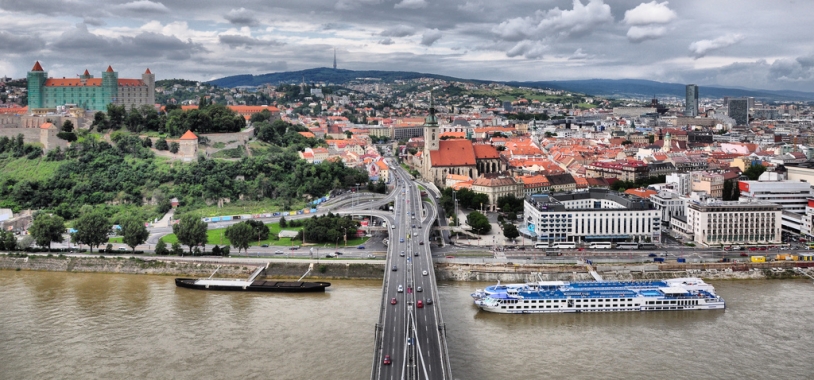Seeking responses for affordability & supply
A brief overview of the Slovak housing policy
Bratislava, 12 December 2014 | Urban
How has the Slovak housing market been shaped following the fall of the Soviet Union? What are the key figures behind the state of housing in the country? What are the major challenges Slovakia is currently facing and will be confronted with in the years to come? Housing Europe reports from Bratislava.
In the dawn of the post-Soviet era the share of ownership started to radically change in Slovakia. The response of the public sector control was reduced. Within a period of ten years’ time (1991-2001) 18% of a total of 27% of municipal rental housing vanished and was turned into privately owned apartments. The private ownership mentality started being established.
After 2000 the mortgage markets and the residential estate markets were developed and Slovaks gained access to mortgages with low interest rates that stimulated the further reshuffle of the ownership share in the country. Consequently the most significant development has been that from 1991 to 2008 the cooperative housing sector diminished from 22% to less than 4% while the share of the private ownership grew to 93,6% in 2008.
Over the last decade and namely during the period from 2004 to 2012 there is a very low share of spending on housing from state budget on total GDP to be observed with percentages ranging from 0,53 to 0,32 which has been the low point in 2012. These rates are among the lowest at EU level.
Read MoreThe financial situation in Slovakia is a very important factor to be considered alongside with the housing market evolution. In a country of around 5.5 million people the average net monthly income ranges from 582 Euros to 902 depending on the region with capital, Bratislava being clearly the richest one and with the national average at around 700 Euros. Similar inequalities can be found in the property prices both in terms of rent and of purchasing prices. This is the direct effect of the very centralised, Bratislava-oriented, distribution of resources and investment in infrastructure that pushes Slovaks to move into the capital for a better quality of life.
A challenge and the future
At the same time the social situation in the country is rather challenging. There may not be significant economic issues, the unemployment may be held at 13,5%, although in some regions reaches almost 20%, but the inclusion of about 15.000 Roma families is a challenge that still needs to be tackled. The new Construction Act that will be put into force in 2015 and aims to stimulate new raises the question what will happen with the land occupied by these families. They will be given a year time to legalize their properties, while this won’t be a simple thing to do…
In any case, the ministry responsible for the housing policy has already set 2 main priorities regarding the new Concept of State Housing Policy, with the global aim on sustainable housing development:
- Strengthening and development of public rental sector
- Complex and thorough renewal of existing housing stock
Specific objectives of the new Concept are:
- Create new housing development financial tools
- Increase the housing affordability
- Motivate to develop the private rental sector
- Increase or at least retain the same share of public spending for housing
- Introduce new housing allowance
- Develop the non-profit sector
Leave comments